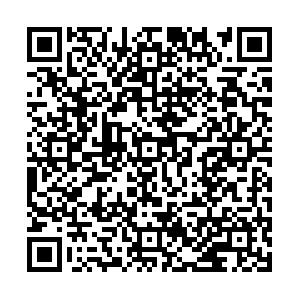新文科理念下《文心雕龙》题名匠心再研究
作者简介:唐启翠,上海交通大学人文学院副教授,上海市文科创新基地−中华创世神话研究团队专家(上海 200240)
摘要: 当下的新文科理念及其实践,已日益引发学界的关注和讨论。在学术研究层面,新文科核心理念与实践目标之一,就是打破既有学科界限,运用跨学科知识、理论视阈,切实解决中国本土学术问题。《文心雕龙》书名由来及其命意的解读,聚讼已久。争讼目光聚焦在“文心”与“雕龙”所指及其语义关系上,而对“文心”“雕龙”背后深远的玉石文化信仰及其相关的技艺、礼制等对文论话语的形塑尚未申论。文章从琢玉雕龙之喻切入《文心雕龙》“雕龙驰响”“雕琢其章”“金相玉式”“金声玉振”等论文话语实践及其历史文化语境,考察“雕龙”如何从制器术语转而成为文论术语,即如何在物质(质地温润坚密、瑕瑜互见)、技艺(琱琢瑑理研玩)、信仰(天地精骨、不死不朽、佑体通神)与制度(佩玉比德、玉音节步)等四个维度深刻地形塑了文论话语典范表述及其隐含的“文心”:复礼述作、沟通天人、树德建言、德音传承、人文雅正。
Restudy on Tittle Meaning for Wenxin Diaolong under the Vision of New Liberal Arts
- Available Online:
2022-08-20
Abstract: The current new liberal arts concept and its practice have increasingly aroused the attention and discussion in academic circles. At the level of academic research, one of the core concepts and practical objectives of the new liberal arts is to break the existing disciplinary boundaries and effectively solve China’s local academic issues by using interdisciplinary knowledge and theoretical vision. The interpretation about the origin of Wenxin Diaolong ( 《文心雕龙》 ) and its meaning has been litigated for a long time. These disputes focus on the meaning and semantic relationship of “Wenxin” (“文心”) and “Diaolong” (“雕龙”), however, the far-reaching jade cultural belief and its related skills and etiquette which shaped the literary discourse have not been discussed. Starting with the metaphor of Zhuoyu Diaolong (carving jade dragons or dragon patterns), this article focuses on the discourse practice of literary theory of Diaolong Chixiang (a metaphor used to illustrate that the author is famous for being good at words and writing like a craftsman carving jade dragon patterns), Diaozhuo Qizhang (carving and polishing chapters), Jinxiang Yushi (texture of gold and jade, a metaphor for the internal and external beauty of people, material or literature, which is noble and indelible), Jinsheng Yuzhen(melody of chimes and Qing, this is a metaphor has both ability and morality, profound knowledge and high reputation) in Wenxin Diaolong and their historical and cultural context, and investigates how the Diaolong has changed from a manufacturing technology term to a literary theory term, that is, how it deeply shaped the canonical expression of literary theory discourse and the implicit Wenxin (restore etiquette and practice, writing, communication between Heaven and Man, achieve virtue and state, impart and inherit virtuous utterances, elegant humanities) from four dimensions of material, technology, belief and system.

 点击查看大图
点击查看大图


 下载:
下载:
 沪公网安备 31010102003103号
沪公网安备 31010102003103号